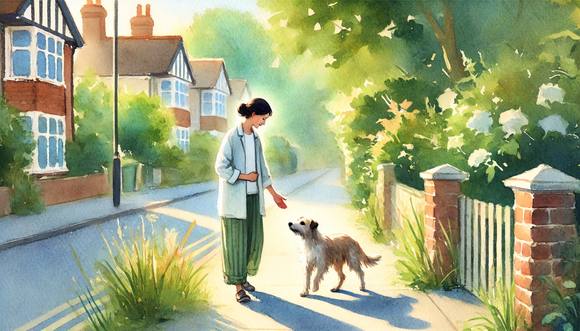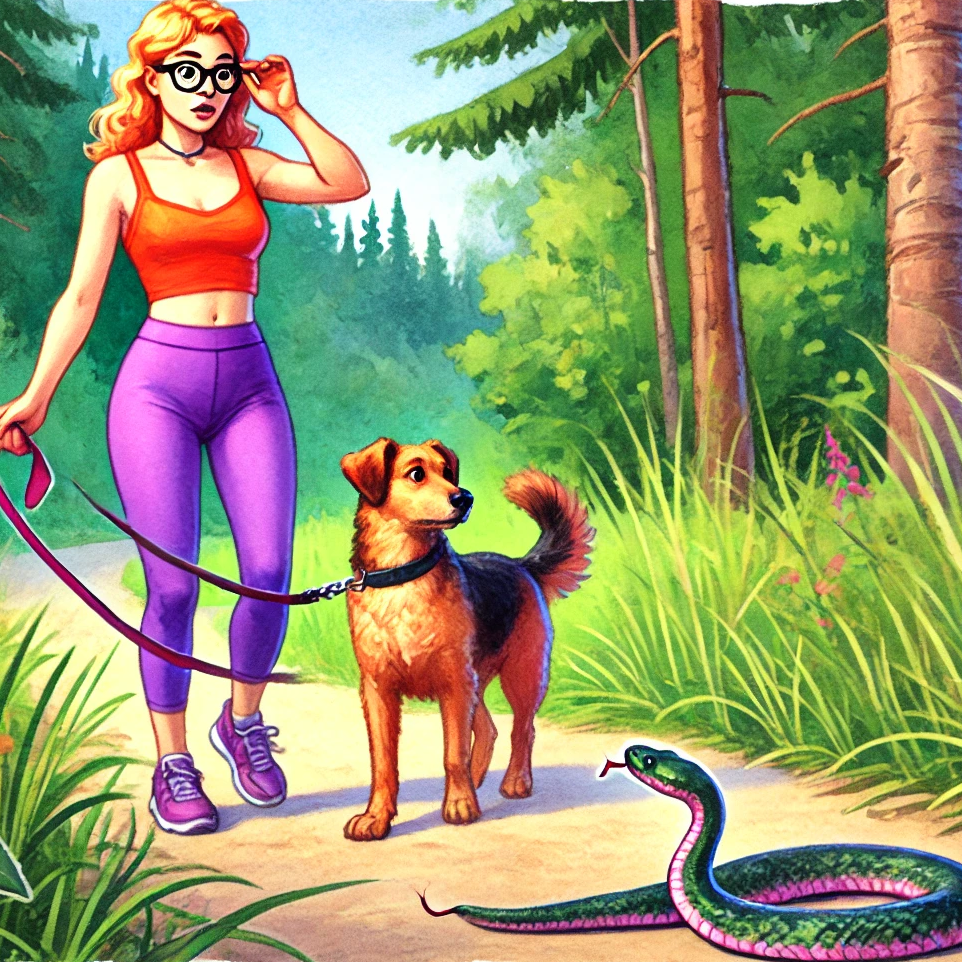The right way to deal with a stray dog

Keep calm and assess the situation
Observe the dog
Before you act, take a moment to observe the dog from a safe distance. Is it aggressive or does it seem more fearful? Does it show signs of injury or illness? These first impressions will help you to better assess the situation and plan your next steps.
Your safety comes first
Even if your heart beats for the dog, it is important not to jeopardize your own safety. A stray dog could be frightened, injured or sick and react unexpectedly in such a situation. Therefore, keep a safe distance, especially if the dog seems aggressive towards you.
Approach and build trust
Approach slowly
If the dog remains calm and you decide to help him, you should approach slowly and without sudden movements. Avoid direct eye contact, as this can be interpreted as a threat. Instead, try to approach it sideways and show it that you are not a threat.
Calming words and body language
Speak to the dog in a low, calming voice as you approach him. Your body language should be relaxed - avoid leaning over the dog or touching it immediately. Give him time to get used to your presence.
First aid and care
Secure the dog
If you manage to gain the dog's trust, you can try to secure it. Do you have a lead with you? If not, a scarf or belt can be improvised. Be careful not to frighten the dog when you put the lead on.
Provide first aid
If the dog is injured, you can administer first aid if possible. Simple measures such as cleaning wounds or stopping bleeding can make a big difference. Remember, however, that this is only a temporary measure and you should take the dog to a vet as soon as possible.
The next step: Identify the dog
Look for a microchip or tag
Many dogs carry a microchip that vets or animal shelters can read. If the dog is wearing a collar with a tag, you can use the information on it to contact the owner. Even if there are no obvious clues, the dog may still be chipped.
Inform the local authorities
In Germany, it is important to inform the local authorities such as the animal shelter, animal welfare or the police if you find a stray dog. These authorities can help you to find the owner or take the dog into care.
What to do if the owner is not found?
Hand the dog in to an animal shelter
If it is not possible to find the owner, the next step is to take the dog to an animal shelter. There it will receive medical treatment and will be given the chance to either return to its owner or be placed in a new home.
The possibility of adoption
If you have formed a special bond with the dog and are thinking about adopting it, this is of course also an option. Many animal shelters are happy to receive interested parties who would like to give a stray dog a new home. However, you should weigh up all the necessary steps and responsibilities involved in adopting a dog.
Prevention is better than cure: How you can help prevent stray dogs
Raise awareness
One of the best ways to prevent dogs from straying is to raise awareness in your community. Educate other dog owners about the importance of microchipping, registration and neutering.
Take responsibility
If you are a dog owner yourself, be aware of your responsibilities. Make sure your dog doesn't run away and is always well looked after. This will help to ensure that fewer dogs end up on the streets.
Conclusion
Finding a stray dog can be an emotional and challenging situation. However, with the right knowledge and behavior, you can make a big difference and help the dog return home safely or to a loving environment. Remember to always remain calm, analyze the situation and treat the dog with patience and care. Your actions could save a dog's life - and perhaps enrich your own.
More articles for you
Dangerous encounter: What you should do if your dog is bitten by a snake
It's every dog owner's nightmare: you're out in nature with your four-legged friend, he's sniffing the ground curiously, and suddenly you hear a hissing sound. Before you know it, your dog flinches and you recognize the signs of a snake bite. But don't panic! In this article, you will learn how to…Read moreWhat you should know about cherries for dogs
You may have heard that cherries are good for your health. They contain lots of vitamins, antioxidants and fiber, which can strengthen the immune system and aid digestion. But are cherries also suitable for dogs? And if so, how much and in what form should you offer them to your four-legged friend?…Read moreWhat you should know about chocolate for dogs
Chocolate is a favorite treat for humans, but it can be dangerous for dogs. Why is this the case and what can you do if your dog has eaten chocolate? In this article you will learn more about the effects of chocolate on dogs and how you can help your four-legged friend.Read more


